Clinique Rayons et Réadapt inc.
- Monday to Saturday: 8:00 AM to 5:00 PM
Occupation therapy
Our occupational therapists help children, teens, and adults build the skills needed for daily living, learning, and work—so routines feel easier and more independent. Sessions available in-clinic in Sainte-Thérèse and via secure telepractice across Quebec.
- Children • Teens • Adults
- English, French & Arabic
- In-clinic or Telepractice
- Mon–Sat, 8:00 AM – 5:00 PM
Simple Steps to Lasting Results
Our process is designed to make your journey smooth, clear, and effective. From assessment to follow-up, we ensure each stage brings you closer to your goals.
Assessment
We evaluate needs through questionnaires, discussions, and professional observation.
Personalized Plan
A tailored strategy is created to address your specific challenges.
Ongoing Support
Regular follow-ups to track progress and adjust plans as needed.
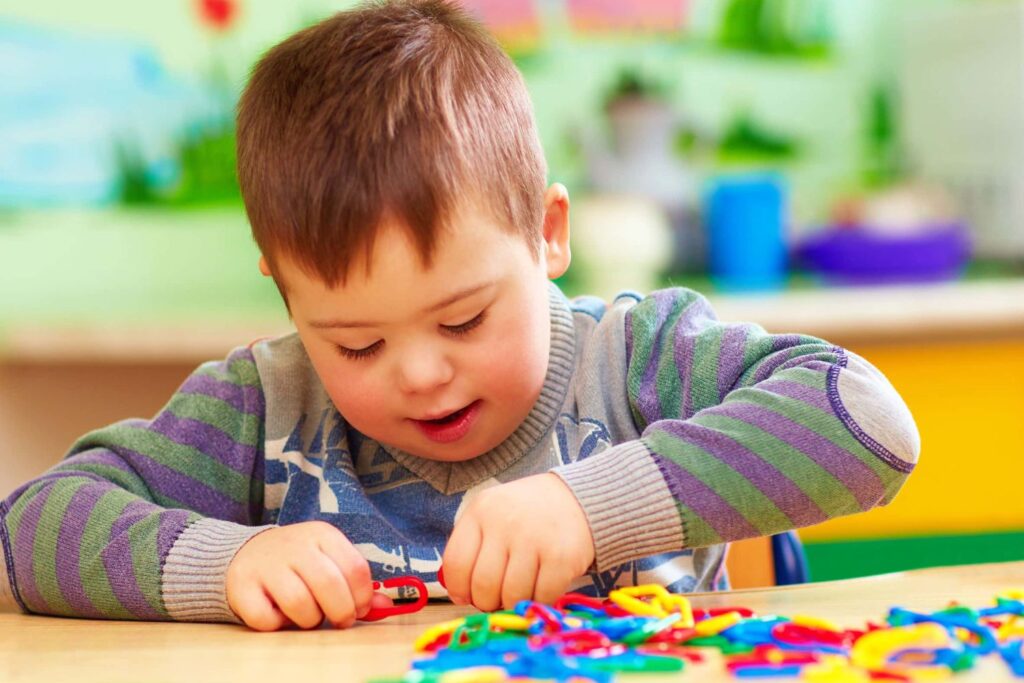
Fine Motor Skills
What it is: The ability to use the small muscles of the hands and fingers to write, draw, cut, button, or handle small objects.
How we help: We provide activities and exercises designed to strengthen the precision and agility of the hands and fingers.
Outcome: The child develops better dexterity and becomes more independent in daily and school activities.
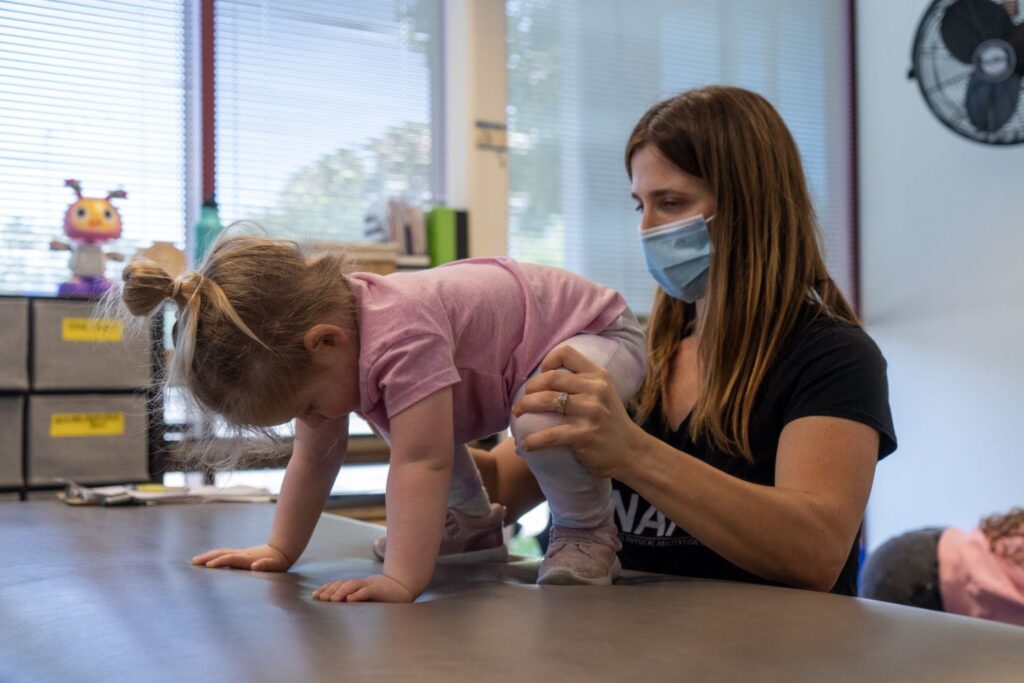
Gross Motor Skills
What it is: The ability to use large body movements (running, jumping, climbing, sitting properly, maintaining balance).
How we help: We offer targeted exercises to improve strength, coordination, and movement control.
Outcome: The child gains confidence, endurance, and balance in play and sports activities.
Coordination (DCD – Developmental Coordination Disorder)
What it is: Difficulties in organizing and sequencing movements, often perceived as clumsiness (e.g., catching a ball, learning to ride a bike, getting dressed).
How we help: We use playful and gradual approaches to improve planning and fluidity of movements.
Outcome: The child becomes more skilled in everyday tasks and gains independence.
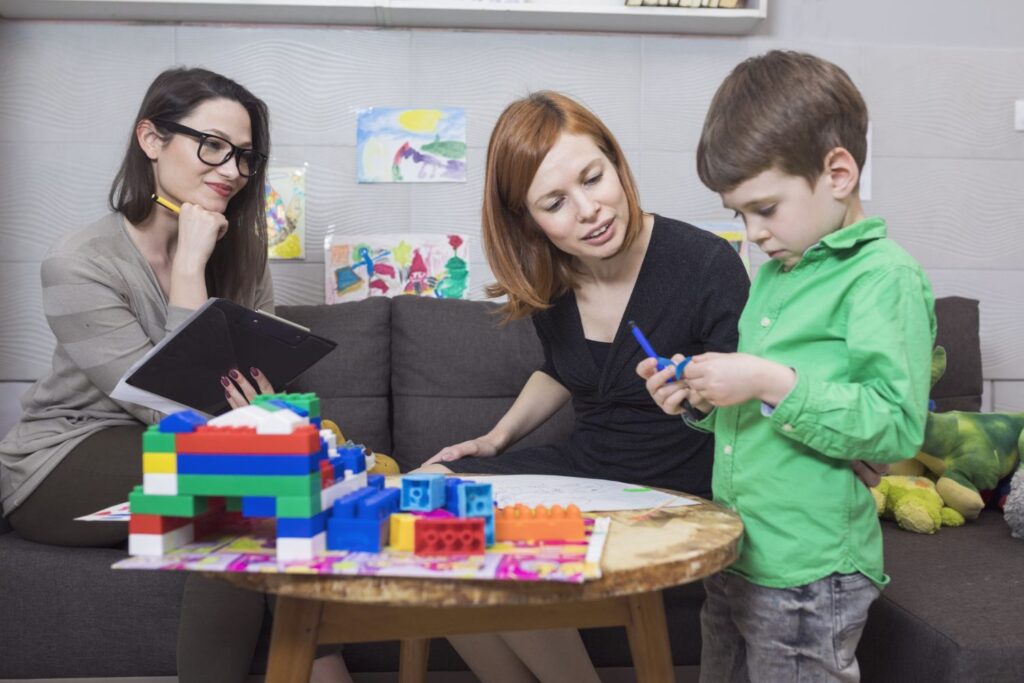
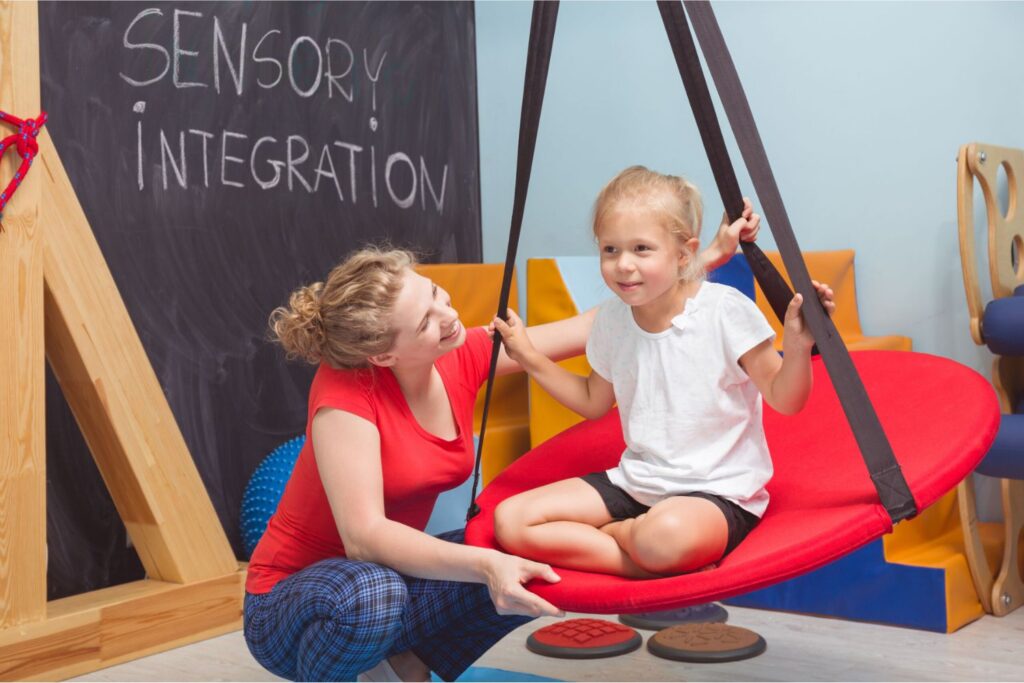
Sensory Integration / Sensory Disorders
What it is: How a child receives and reacts to sensory information (sounds, lights, textures, movements). A child may be overly sensitive or not sensitive enough, which affects behavior and learning.
How we help: We provide adapted sensory activities to help the child better regulate and process sensory information.
Outcome: The child develops better sensory tolerance and greater ease in daily life.
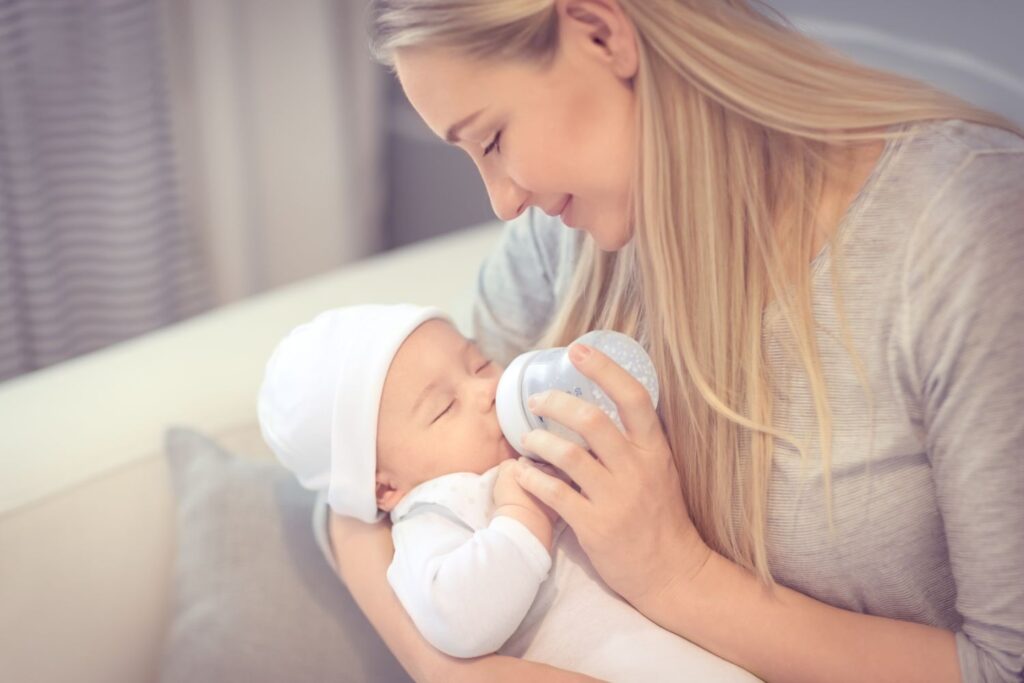
Feeding
What it is: Difficulties in trying different foods, managing certain textures, or developing the skills needed to eat properly. Mealtimes can become stressful for the child and family.
How we help: We support the child with progressive exposure techniques and playful activities around food.
Outcome: Mealtimes become more enjoyable and varied, reducing stress for the child and family.
Our Approach
We tailor therapy to real-life goals—sensory regulation, fine and gross motor skills, handwriting, self-care, and executive functioning. Each plan includes:
Personalized Assessment – Understanding strengths, needs, environments (home/school/work).
Clear, Measurable Goals – Co-created with you and revisited often.
Engaging, Evidence-Based Therapy – Motor learning, graded tasks, functional practice.
Home Practice & Coaching – Practical strategies and environmental tweaks that fit routines.
Collaboration – With families, teachers, and health providers when helpful.
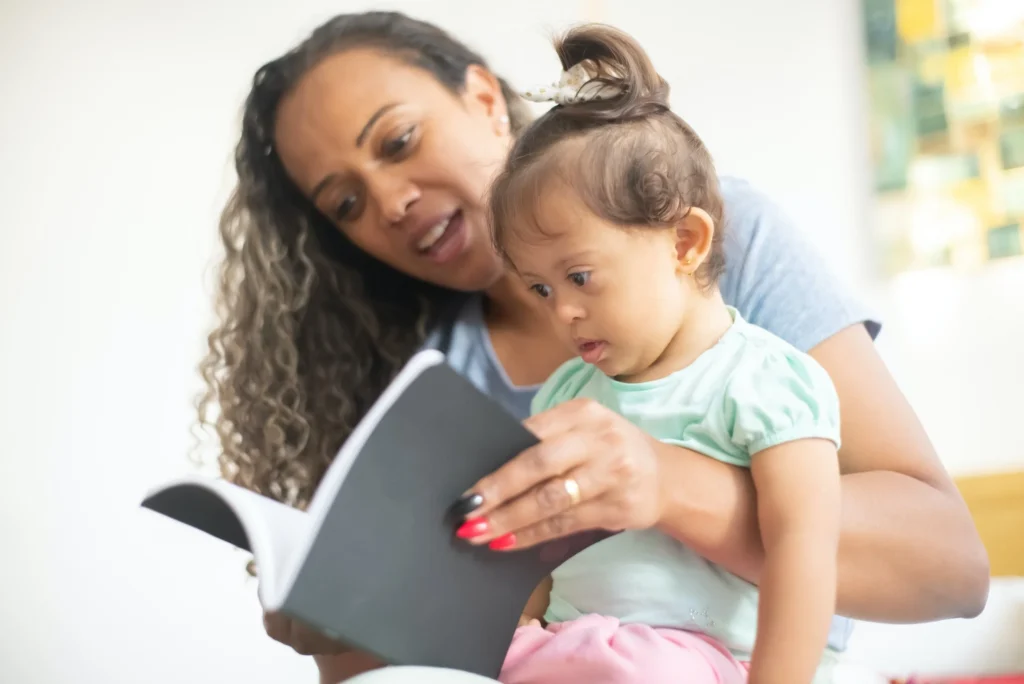
Domaines d’intervention
Ability to use the small muscles of the hands and fingers to write, draw, cut, button, or handle small objects.
What it is: The ability to use the small muscles of the hands and fingers to write, draw, cut, button, or handle small objects.
How we help: We provide activities and exercises designed to strengthen the precision and agility of the hands and fingers.
Outcome: The child develops better dexterity and becomes more independent in daily and school activities.
Ability to use large body movements (running, jumping, climbing, sitting properly, maintaining balance).
What it is: The ability to use large body movements (running, jumping, climbing, sitting properly, maintaining balance).
How we help: We offer targeted exercises to improve strength, coordination, and movement control.
Outcome: The child gains confidence, endurance, and balance in play and sports activities.
Difficulties in organizing and sequencing movements, often perceived as clumsiness (e.g., catching a ball, learning to ride a bike, getting dressed).
What it is: Difficulties in organizing and sequencing movements, often perceived as clumsiness (e.g., catching a ball, learning to ride a bike, getting dressed).
How we help: We use playful and gradual approaches to improve planning and fluidity of movements.
Outcome: The child becomes more skilled in everyday tasks and gains independence.
How the child receives and responds to sensory information (sounds, lights, textures, movements). A child may be overly sensitive or not sensitive enough, which affects behavior and learning.
What it is: How a child receives and reacts to sensory information (sounds, lights, textures, movements). A child may be overly sensitive or not sensitive enough, which affects behavior and learning.
How we help: We provide adapted sensory activities to help the child better regulate and process sensory information.
Outcome: The child develops better sensory tolerance and greater ease in daily life.
What it is: Difficulties in trying different foods, managing certain textures, or developing the skills needed to eat properly. Mealtimes can become stressful for the child and family.
How we help: We support the child with progressive exposure techniques and playful activities around food.
Outcome: Mealtimes become more enjoyable and varied, reducing stress for the child and family.
